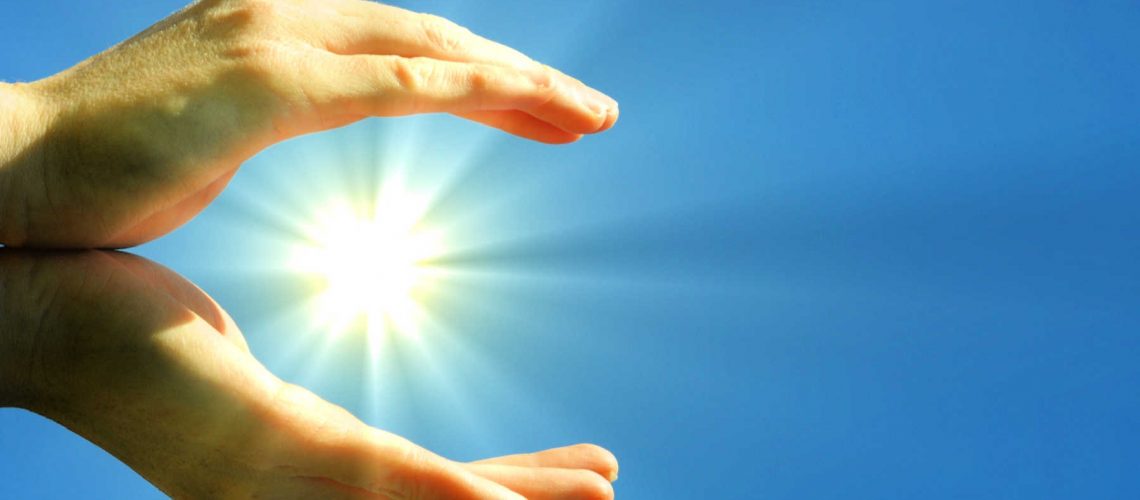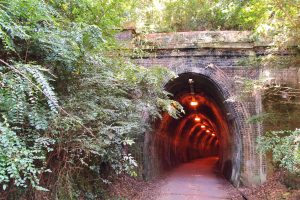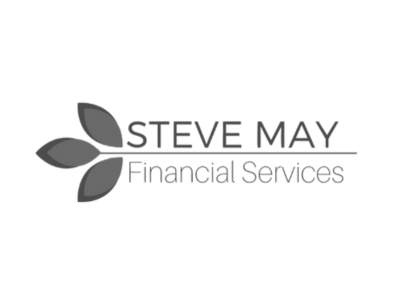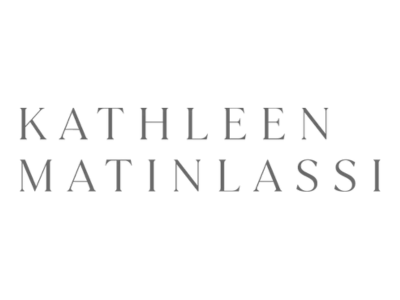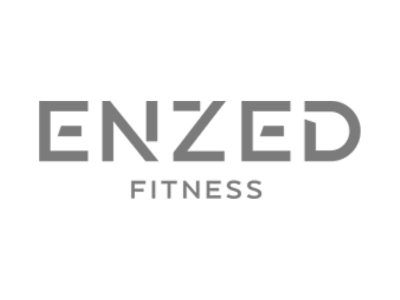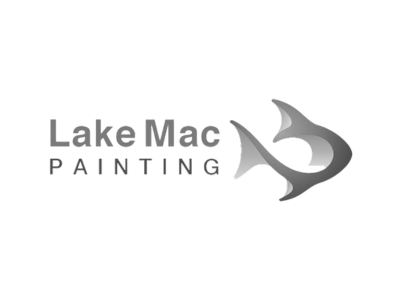Yet another leaflet has landed in your post box. Discounts and ‘Buy now – pay later’ offers for the installation of a solar system. Government incentives that have to be taken immediately so you don’t miss out. Are these deals genuine? Are you really getting a good deal? Buying a new solar system can be a challenging process. With a wide variety of providers and products, it can be very difficult to compare apples with apples.
Why do prices differ?
The most common question we’re asked at the beginning of the sales process is:
“Why am I seeing such large discrepancies in prices for what appears to be the same system”?
Let’s have a look at this first. To give you some context here’s a simple car-buying analogy. We’ll look at 3 examples. All 3 cars have 4 wheels and will get you from point A to point B but prices vary.
- Firstly, we have a cheap manufactured car that’s at the bottom of the industry. This car may appear to be of good value at the time of purchase. Over the life of the car, you’ll find more repairs are required. The total cost over the lifetime of the car may exceed something of higher quality.
- Next, we have a mid-range car. This is a more robust option seeing a better investment as you will find less maintenance and issues over the life of the car.
- Finally, we have a high-end luxury car. This car has all the bells and whistles, however, also commands a hefty price tag.
Let’s compare solar
When compared to the solar market, all these options have their place.
Low-end pricing
The cheapest type of solar system would be fine for people who are going to move within the next 5-10 years. It may also suit you if you’re putting this system into a rental property to use green power but don’t have the finance for larger capital investment. These systems will comprise the main Chinese-made inverters and panels.
Mid-range pricing
The mid-range option is applicable to the bulk of the market. This is for homes and businesses looking for a solar system that is cost-effective yet will stand the test of time. These systems will incorporate European-manufactured inverters and Chinese-made panels. (On a side note, the bulk of the world’s panels are now manufactured in China. We now see the good, the bad, and the ugly from Chinese manufacturers. Just because your panel is Chinese-made doesn’t necessarily mean that it’s of lower quality). Always research your panel manufacturers.
High-end pricing
The final option, being the high-end top of the range solar system, gives you wide functionality, more comprehensive systems, and products designed to last. These systems will contain Australian, European, or American-designed and manufactured panels and inverters. You will find these top-end products will usually have a nicer finished aesthetic for your home or business, however at the cost of a longer return on investment.
The old adage is true, you get what you pay for!
Financing your solar system
Be aware that when financing a solar system additional costs will be added to the lifetime of the system, seeing a lengthier return on your investment. Be wary of solar businesses that hide these costs across all systems. Always ask for a clear breakdown of what you are paying for. We strongly recommend going to your lending institution to see if they offer green loans with competitive rates.
Be wary of sales gimmicks
Be cautious of businesses that offer deals that sound too good to be true, or other gimmicks such as celebrity endorsements, to secure your business. More than likely these costs are being hidden by providing lower-quality products and poor-quality installations.
Who is installing your solar system?
When vetting businesses to provide your solar system always ascertain who will be providing your installation. A common theme we see across the solar industry is bulk volume companies, many of whom are not Australian and operate on foreign shores. They’ll secure your sale and then contract out your installation to the lowest bidder. This can lead to low-quality installations often resulting in product failure, damaged roofs or property as well as a lack of customer service. Being shown how to operate and monitor your system correctly is of the utmost importance. It’s often the case that when you experience problems down the track, no one will be there to service or rectify the issue.
Will you get what you’re promised at the price you were quoted?
Another issue we see regularly is the sales staff of these companies have zero training in solar, particularly to Australian standards. They will make claims and promises to secure the sale that is simply not true. This is rarely ascertained until the day of installation when installers will find that panels do not fit on the allocated space or that there are hidden costs to upgrade your switchboard which could have easily been found prior to installation by properly trained sales staff.
Hot Solar Tip!
Don’t be afraid to ask who holds the Clean Energy Council (CEC) accreditation for the design and installation of your system. If you’re told it’s ‘our contractor’, alarm bells should ring. On the day of installation, ask the installers who hold the electrical license and CEC accreditation among them. If this cannot be verified DO NOT proceed with the installation. We suggest buying locally from trusted suppliers. This ensures better customer service as well as bringing jobs to your local economy.

